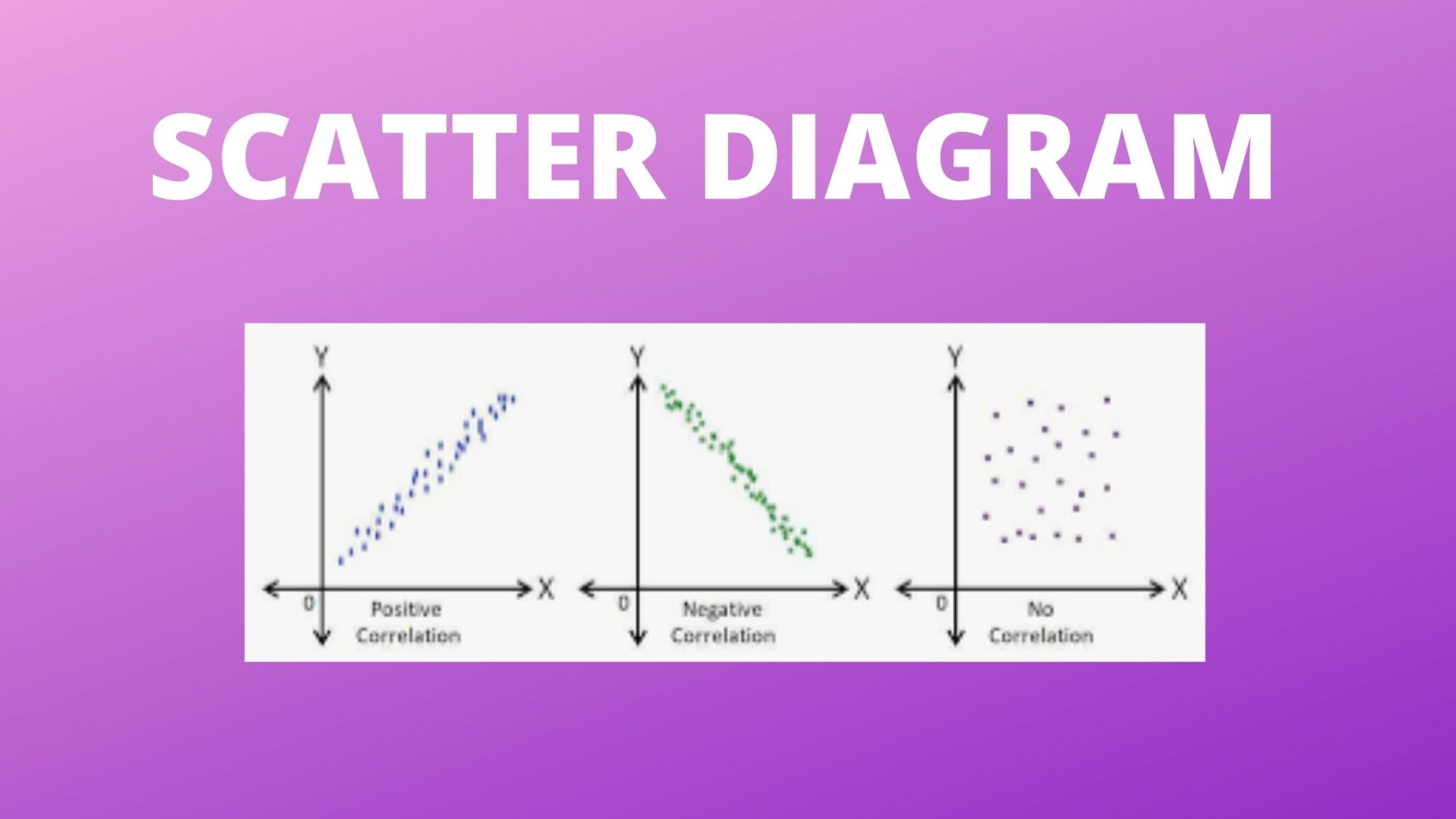What is a Scatter Diagram?
A scatter diagram is a graphic presentation of the relationship between two variables. In quality improvement, scatter diagrams are usually used to explore the cause-effect relationships in the problem-solving process.
The diagnostic process in quality improvement is actually a fact-based search for cause-effect relationships. It starts with a symptom of a problem – the measurable effect. After that by use of the cause and effect diagram, we point out the possible causes. Then we collect data and search for those possible causes which have the strongest influence on the effect.
Then the problem can be solved easily by taking the required action on the causes. A scatter diagram is a good tool to display data when a quality improvement team has to evaluate a cause-and-effect relationship.
How to solve problems with a scatter diagram?
Following are the main steps about the relationship between variables and the use of a scatter diagram in problem-solving.
Step 1: Finding an actual cause-and-effect relationship is the key to effective problem-solving.
Step 2: Cause and effect relationships usually show variation.
Step 3: It is easier to check the relationship in a scatter diagram than in a simple number table.
A scatter diagram only shows the relationship between two variables. It does not prove that one variable causes the other. So one must have a logical practical explanation to establish a cause-and-effect relationship.
How to analyze a scatter diagram?
① Develop a reasonable and relevant theory about the suspected relationship between two variables of interest.
② Collect proper both types of data and construct a scatter diagram.
③ Identify and classify the pattern of correlation.
④ Question your original theory and consider other aspects of the observed pattern of correlation.
Typical Pattern of correlation :
What are the Types of scatter diagrams?
Strong, Positive Correlation: The value of Y clearly increases as the value of X increases.
Strong, Negative Correlation: The value of Y clearly decreases as the value of X increases.
Weak, Positive Correlation: The value of Y increases somewhat as the value of X increases.
Weak, Negative Correlation: The value of Y decreases somewhat as the value of X increases.
Complex Correlation: The value of Y appears to be related to the value of X, but the relationship is not smooth.
No Correlation: For any value of X, Y can have both large and small values. It does not appear to be any particular relationship between X and Y.

What is the use of a scatter diagram in quality control?

1. Testing theories and identifying root causes :
Scatter diagrams are primarily used to examine theories about cause-effect relationships as a team searches for the root cause of the problem under investigation. Construction of a scatter diagram is a natural next step after a team develops a cause-and-effect diagram.
2. Designing solutions and holding the gains:
A Scatter diagram can also be useful in helping a team design a control system to hold the gains from a quality improvement effort.
How to construct the scatter diagram?
Following are the steps for making a scatter diagram,
Step 1: Obtain the table of raw data and determine the high and low values of each variable.
Step 2: Decide which variable will be plotted on the horizontal axis.
Step 3: Draw and label the horizontal and vertical axes.
• Make the axes roughly the same length, creating a square plotting area.
• Label the axes in about six convenient multiples of one, two or five. Make the lowest label slightly greater than the high value for the variable.
• Label increasing value from bottom to top on the vertical axis and left to right on the horizontal axis.
• Provide a caption to describe the measurement and its units.
Step 4: Plot the paired data.
• Use concentric circles to indicate identical paired data points.
• Use filled and unfilled symbols to show the strata.
Step 5: Title the chart and provide other appropriate notations.
Step 6: Identify and classify the pattern of correlation.
Step 7: Check for potential pitfalls in your analysis.


I love your blog.. very nice colors & theme.
Did you make this website yourself or did you hire someone to
do it for you? Plz respond as I’m looking to design my own blog and would like to know
where u got this from. cheers
I myself design my website.